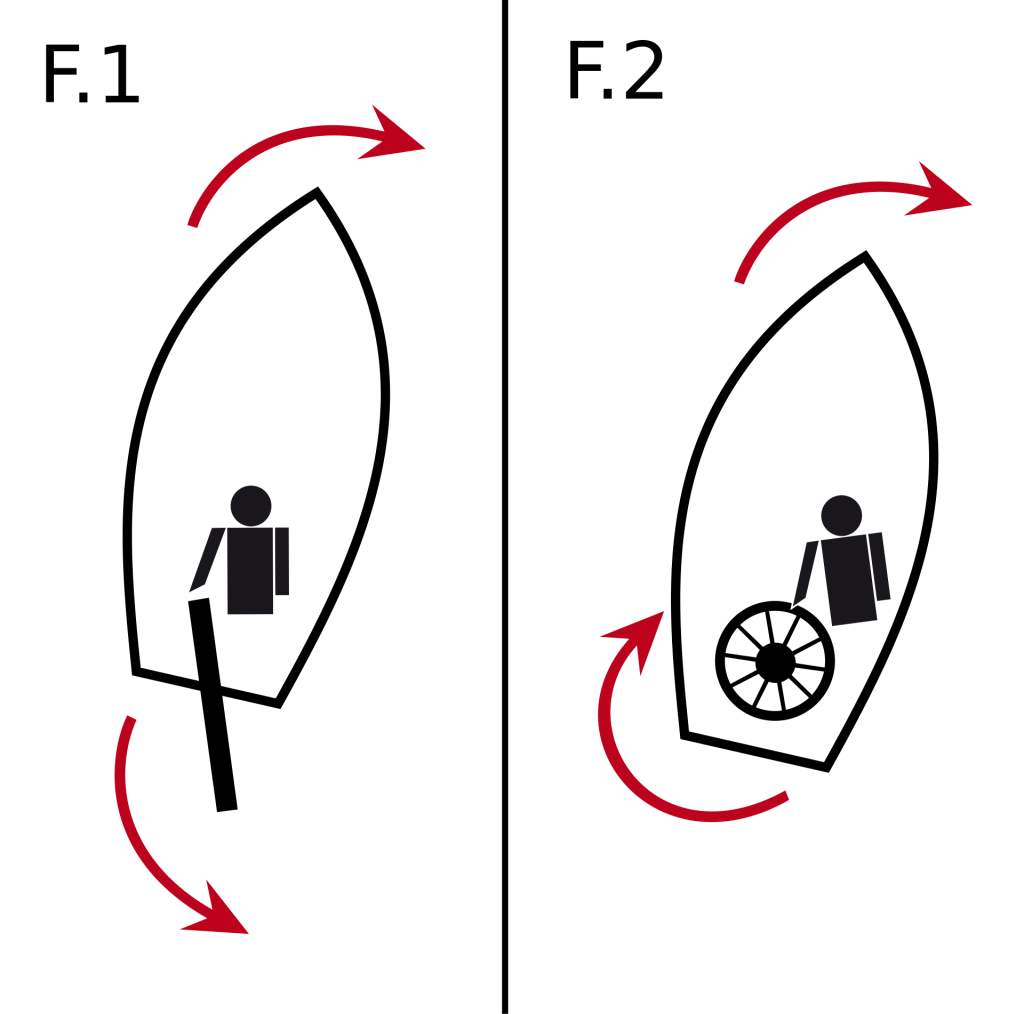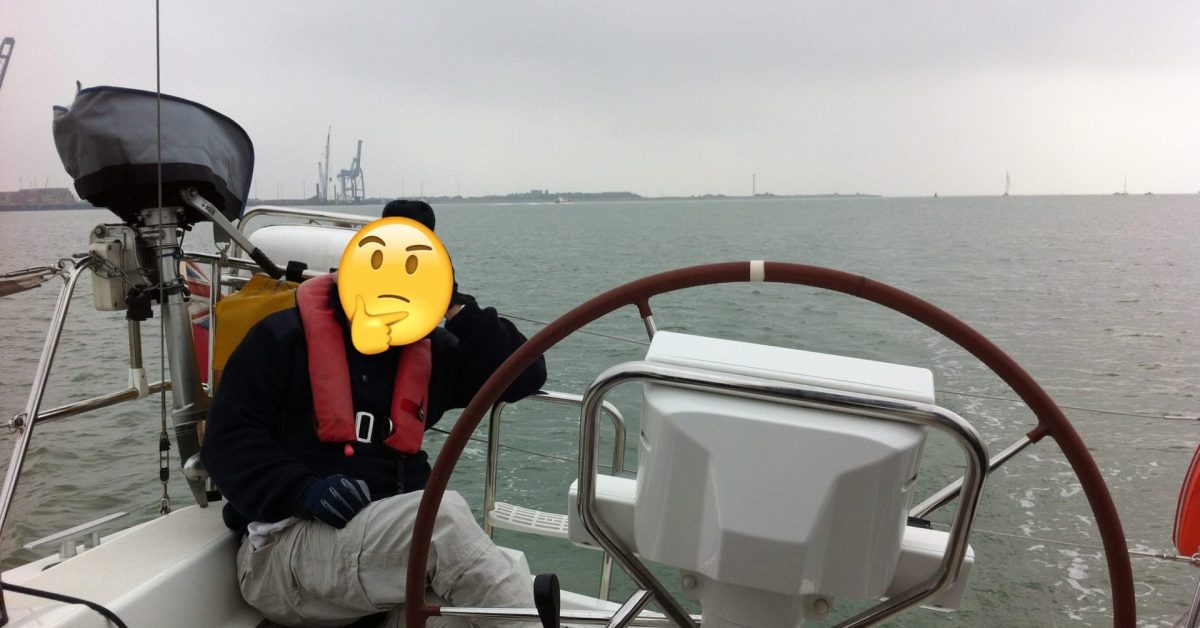Robert Fitzroy had overcome the confusion caused by “Larboard” and led the change to using “Port”. However, all was still not well. Until 1930 helm orders were tiller not oriented. Putting the tiller to port, would turn the ship to starboard but a wheel to port would turn the ship to port: the opposite effect.

An example of helm instructions is in the 1867 “Rules of the Road” by Thomas Gray, Secretary to the Board of Trade not the other one. He produced a number of rhymes including:-
“Meeting steamers. do not dread,
When you see three lights ahead,
Port your helm and show your red”.
Wheel steering became common from the early 1700s 1A contributory factor to the very tight line of battle which ensured victory at Cape St. Vincent so it would have made sense if helm orders recognised the fact much earlier than they did.
Whilst Great Britain led in introducing international collision rules in the latter half of the nineteenth century the helm anomaly remained. An International Convention to change helm instructions 2International Convention for Safety of Life at Sea, 1929, came into force in 1931, The U.S. merchant followed in 1935 3see here . This change produced yet a further cluster of collisions as officers and helmsmen misunderstood each other through not all adpoting the new rules at the same time. It was frequently the case that naval and merchant practices varied within the same country let alone in different countries.
There is a school of thought that attributes the Titanic sinking with helm confusion. This seems unlikely but there are many cases where collisions occured from this cause.
- 1A contributory factor to the very tight line of battle which ensured victory at Cape St. Vincent
- 2International Convention for Safety of Life at Sea, 1929,
- 3
